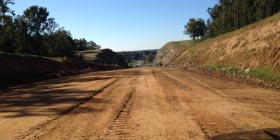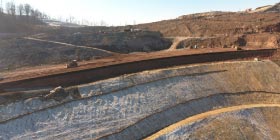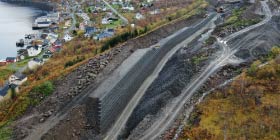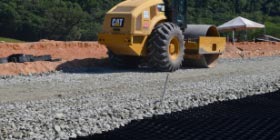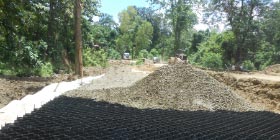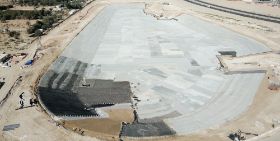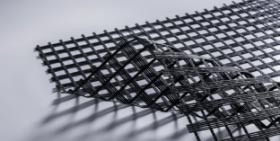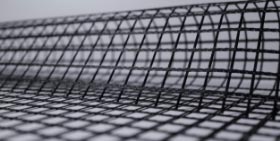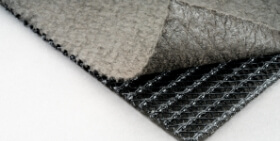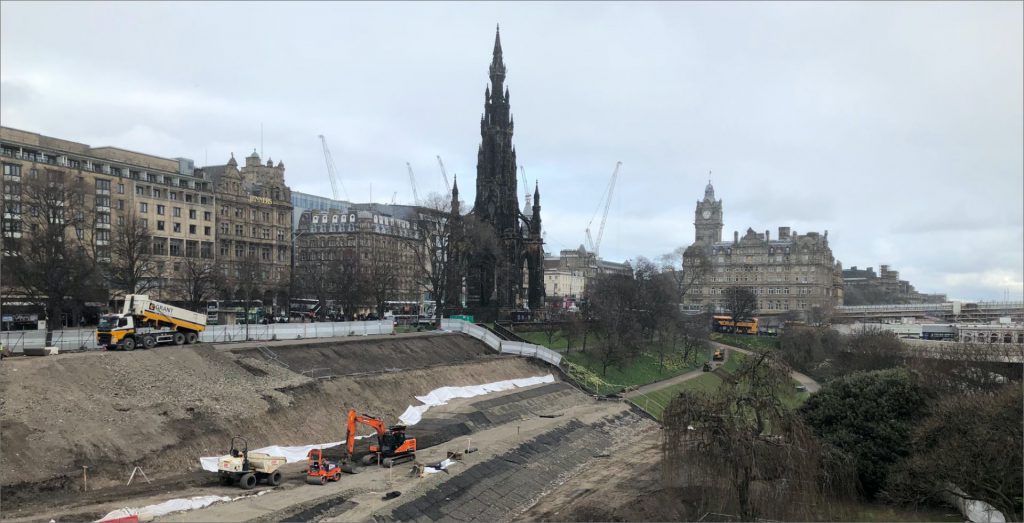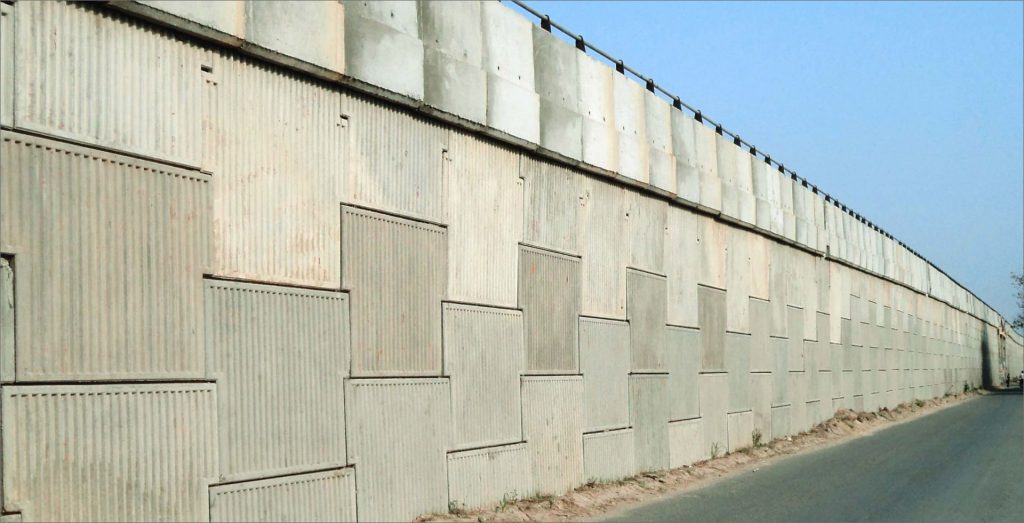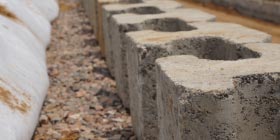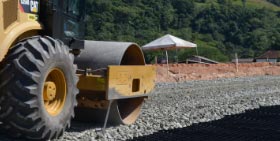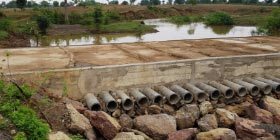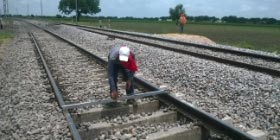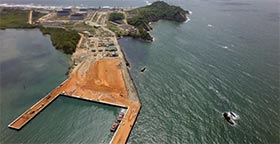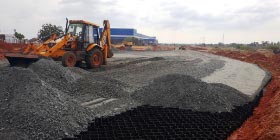- APPLICATIONS
We provide solutions across various sectors
- PRODUCTS & SYSTEMS
Strata’s offerings are high-performers all over the world
As one of the industry’s earliest pioneers, Strata’s products and systems have been field tested across the globe and are backed by relevant industry accreditations and testing requirements.
- SECTORS
We have something for
everythingWe provide solutions for an array of complex site development challenges worldwide, across various sectors like highways, mining, landfills, railways, container yards, commercial and residential development, container yards, crane pads, loading aprons, access roads, parking lots, coastal solutions, channel linings, and so on.
- RESOURCES
- ABOUT US
Strata in a single snapshot
Strata is a global leader in geosynthetic manufacturing and geotechnical engineering. Over the past years of solving complex site development challenges worldwide, Strata Geosystems has erected an edifice of integrity and trust around its wide array of best-in-class offerings.
- MEDIA & BLOG
- CONTACT US

What is a geogrid?
Geogrids are geosynthetic materials used for reinforcement and stabilizing soil structures. They have high tensile strength and a higher elastic modulus than soil, allowing them to distribute loads more effectively and provide better reinforcement in construction applications than they otherwise would. Geogrids can be used in soil reinforcement, reinforcement of retaining walls, slope stabilization, etc. Geogrids are formed by intersecting surface grids of elements extending in two directions, one in the direction of the machine and the other vertically, forming the shape of the apertures. These apertures vary depending on application and manufacturer’s specifications. Geogrids are made of different materials such as polyester, polyvinyl alcohol, polyethylene, or polypropylene. At Strata Geosystems, we manufacture PET geogrids.
There are three main types of geogrids: uniaxial & biaxial. The uniaxial geogrids are oriented in the longitudinal direction of the extruded sheet of polymer, giving a mesh structure of long and narrow ribs, while the biaxial geogrids extend in both longitudinal and transverse directions so that the stress is uniformly distributed on both sides. Geogrids work by interacting with the granular or clay overlay, effectively locking the material and increasing the shear capacity of the overlying granular fill. Other advantages include soil stabilization, increased load-carrying capacity, and resistance to erosion.
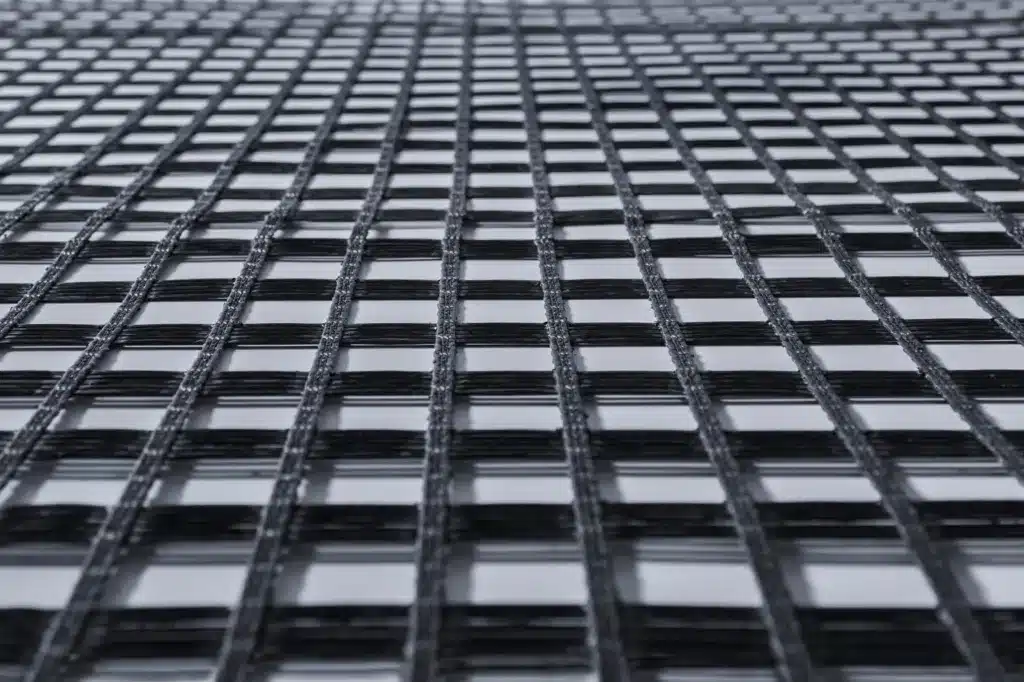
How were geogrids invented?
The geogrid was developed in the 1950s by Drs. Written by Brian Mercer. He patented the “Netlon Process” of throwing molten plastic into a grid. In the early 1970s, extruded polymer mesh structures became popular in civil engineering. This was the beginning of the modern geogrid. In the 1950s, Drs. Geogrids were invented and developed by Brian Mercer and today we see many types, materials and applications. The types of geogrids available include extruded, woven, laser- or ultrasonically-bonded geogrids, each with its own unique properties and applications.
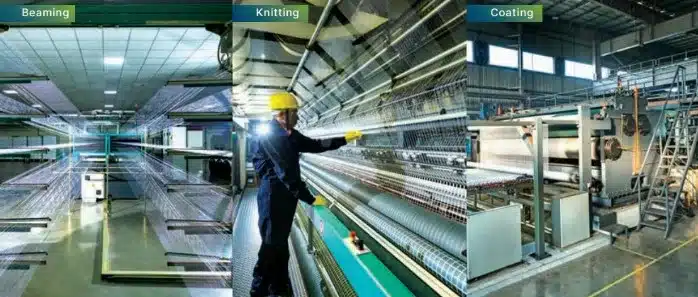
What are the applications of geogrids?
Today, geogrids are extensively utilized across a diverse range of civil engineering projects, spanning from power generation and soil stabilization to erosion control and roadway improvement. In addressing the challenges inherent in land construction, geogrids emerge as a natural and cost-effective solution for subgrade development. Civil engineers must consider various factors depending on the land being developed. At Strata Geosystems, we are committed to providing assistance throughout the planning and consultation process. Some common applications of geogrids are:
- Embankments over soft soils: Geogrids are used to provide reinforcement and stabilisation for embankments built over soft soils. By stabilising the subgrade, confining them, they minimise lateral movement and provide strength and better load bearing to weak soil areas.
- Erosion control: Since geogrids reinforce soil, or subgrade, depending on the terrain, it provides strength by holding or binding the soil together. As a result, they make an ideal solution for slope erosion protection to retain rainwater and delay the flow along the slope, thus preventing erosion.
- Roadway improvements: Geogrids are used in road and pavement construction to improve the mechanical properties of the subgrade soil. They help distribute traffic loads, reduce rutting and cracking, and extend the lifespan of the road infrastructure.
- Reinforced steep slopes: Geogrids are applied to stabilise and reinforce steep slopes, providing stability and preventing soil erosion. At Strata Geosystems, our geogrids are made from polyester or PET which is ideal for soil interlocking under most topographic conditions. This confinement of the within apertures gives the slope stability.
- Retaining walls: Geogrids are placed horizontally within the soil backfill material behind the retaining wall. As a result, it reduces the amount of soil backfill needed behind the retaining wall. This contains the soil, distributes the loads more evenly throughout the soil mass, and reduces the pressure on the retaining wall, offering stability.
- Landfill construction: Geogrids find application in landfill construction for soil reinforcement and stabilisation by separating layers of soil from waste. Depending on the stage of implementation, geogrids can be used in leachate management, capping and expansion of landfills.
- Slope stabilisation: Ideally used to minimise slope deformation and stability while providing a natural and economical solution for slope stabilisation.
- Paving overlay reinforcement: They are used to reinforce asphalt and concrete pavements, reducing construction costs and extending the service life of the pavements.
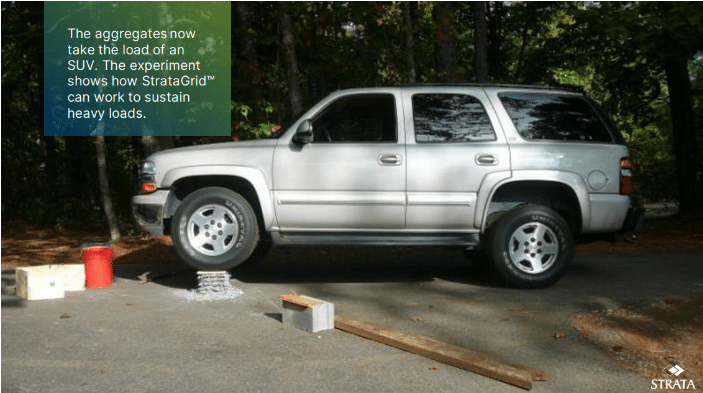
Uses of geogrids in civil engineering:
Geogrids have various applications in construction due to their unique properties. Given their construction, Some common uses of geogrids include:
- Building firm working surfaces over soft ground conditions through interlocking of soil particles, allowing for aggregate to be used without confinements, and thus improving the load bearing capacity of the soil. Soft soil tends to compress under the weight of structures or traffic loads, leading to uneven surfaces and potential structural damage over time. Geogrids directly impact the soil compression or reduced settlement of the subgrade by locking soil, distributing load and Shear Strength Enhancement.
- Enhancing a pavement’s service life by reducing iterative maintenance cost. Geogrids can help with reducing rutting, cracking and other typical issues that occur with paved roads – be it asphalt or concrete.
- Reducing the structural cross-section of both paved and unpaved roadways for a given service life. Geogrids minimise the stress of the structure since it affects Shear Strength of the soil.
- Reducing aggregate layer thickness in unpaved roadways by up to 50% without performance loss.
- Increasing the life of roads and pavements by reducing annual maintenance budgets for asphalt course replacement by over 50%.
- Improving the bearing capacity of weak subgrades, providing enhanced safety and seismic durability by stabilising slopes and increasing soil strength. This is of particular value in zones that are prone to soil movement due to erosion. Geogrids can also aid with erosion control by locking soil particles.
- Reinforcement of retaining walls, embankments, composite structures, foundations for roadbeds, railroad truck beds, airport runways, construction haul roads, working platforms on weak subgrades, and parking lots.
What are construction projects completed by Strata Geosystems using geogrids?
1. Egg Harbor Township, New Jersey, USA: Strata Geosystems was involved in a project at the Atlantic County Utilities Authority (ACUA) landfill in Egg Harbor Township, New Jersey. The project focused on the vertical expansion of the landfill to accommodate more solid waste over the next 20 years. Strata’s solution involved constructing a peripheral Mechanically Stabilised Earth (MSE) berm beyond the existing berm to increase the landfill’s height. This innovative approach allowed for expanding waste capacity without enlarging the landfill’s footprint. Strata proposed using reinforced backfill material Reclaimed Asphaltic Pavement (RAP), a material removed and/or reprocessed when roadways are resurfaced and StrataGridTM master rolls, which were efficiently deployed to ensure a flexible and stable structure that could withstand differential settlement effects.

2. Kohima Bypass Road, Nagaland: Strata Geosystems was involved in the implementation of a durable and flexible pavement solution using StrataGrid™ Biaxial pavement. The project aimed to address the challenges of constructing a high-traffic pavement in the hilly and inaccessible regions of North-East India. To achieve this, a solution with StrataGrid™ Biaxial was chosen over conventional methods due to its ability to reduce pavement thickness, minimize the use of natural materials, and decrease maintenance frequency. The design considered a subgrade California Bearing Ratio (CBR) of 10% and a traffic intensity of 50 MSA, with two layers of SGB Grid incorporated within the Wet Mix Macadam (WMM) and granular sub-base. The confining effect of the SGB Grid helped stabilize the pavement section under traffic loads, reducing vertical and lateral movement of aggregates. This innovative solution facilitated easy installation, conservation of natural materials, improved fatigue and rutting design life, and enabled economical and fast construction, showcasing the effectiveness of Strata’s geotechnical products in infrastructure development
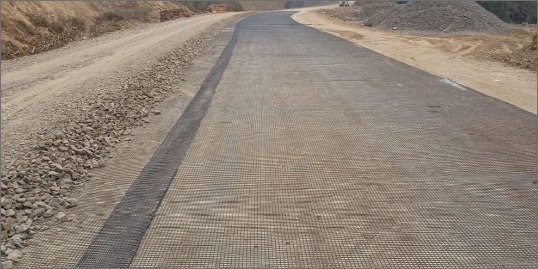
These projects demonstrate Strata Geosystems’ expertise in utilising geogrid technology to overcome construction challenges, enhance structural stability, and optimise project outcomes. Strata Geosystems geogrids offer valuable assistance in construction projects, providing solutions for soil reinforcement, stabilisation, and erosion control. Our expertise aids in selecting the most appropriate geogrid type, material composition, and installation method, ensuring optimal performance and cost-effectiveness. By leveraging our experience and innovative solutions, Strata Geosystems enables you to make informed decisions and achieve superior results in construction undertakings.

